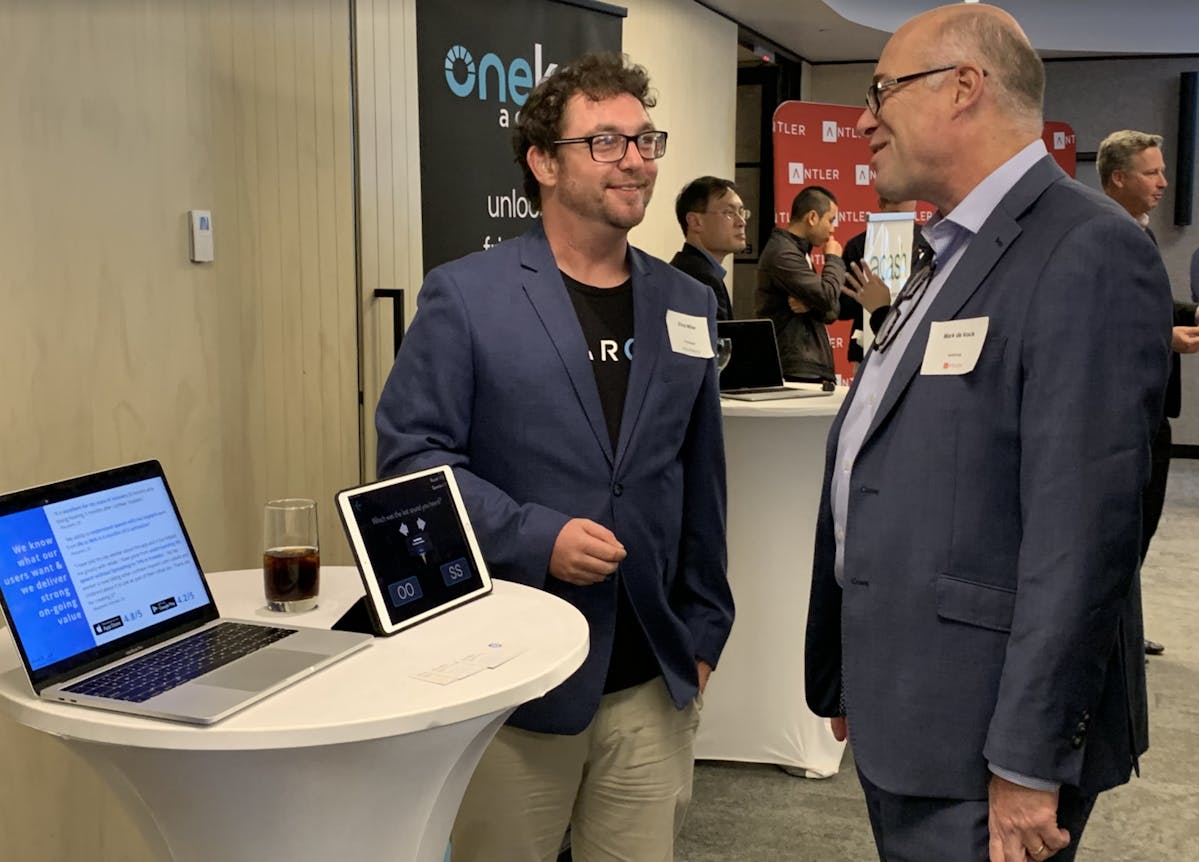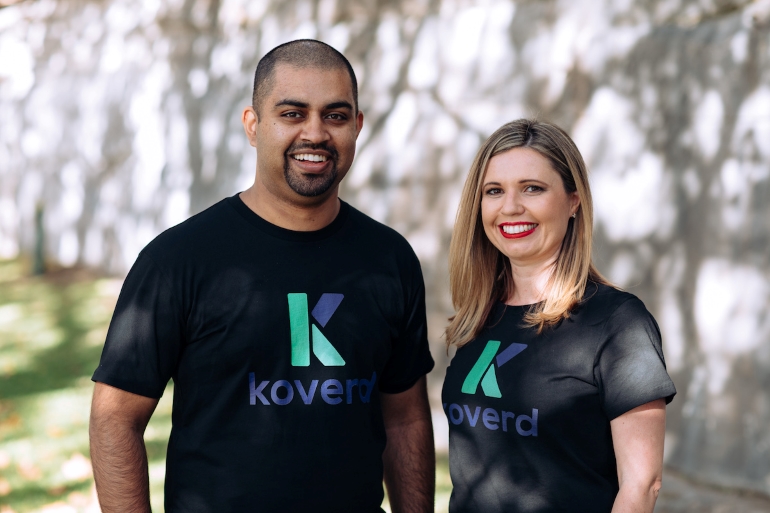In the early stages of building a startup, founders have to wear many hats as they develop their MVP, diversify customer acquisition channels or try and build brand recognition in the market, and often they have to do this with limited to no resources and very little capital.
This is where growth hacking begins to play a role. These are strategies that help early-stage startups grow and retain an active user base, sell products, and gain exposure through specific marketing activities. This can be particularly effective if your business is looking to attract investor funding and you, as a founder, want to demonstrate demand and traction.
With this in mind, we asked the founders of 12 of Antler Australia’s portfolio companies to share their best growth hacking tips and tricks.
Here’s what they had to say.
Leverage your network
With a number of untapped opportunities to validate your product, receive feedback from genuine users and secure your first customers, many founders are sharing why your network is crucial to growth hacking and how you can wield its power.
Koverd’s CEO and co-founder, Fabrizia Roberto, says to make the most out of joining “forums and social media groups that reflect your customer’s interests.”
“Before launching your product, there’s you and a vision,” says Roberto.
“It’s essential for the founders to be true brand ambassadors and express their passion and belief in the product before it’s even available for people to interact with. Your personal and professional network will be drawn by that and they will be your first customers. Start to put your product out there as a credible solution to some of the problems they experience. Make the most of those interactions and ask for candid feedback to keep improving.”
EduTech startup Abrility’s CEO and co-founder, Nina Hooper also agrees, saying that “Facebook community groups are the most effective way to gather customers.”
“You can’t be ‘salesey’ in those groups, so you have to present ideas as if you’re asking for feedback (but the goal is to get people to comment saying they want the thing you’re asking for advice about),” she says. “Then, you can direct message them and they’ll be really responsive.”
Mark Allen, CEO and co-founder of Patch, said growth hacking is to “find out where your audience spends their time and be present there.”
“When you participate in a community, provide insight and value, you align yourself with early users who become brand advocates and some of your first, authentic users who will give you honest feedback,” says Allen.
CTO and co-founder of Classnika, a startup focusing on reimagining virtual learning, Ramin Shams, built on Allen’s comment stressing the importance of network in validating your idea pre-launch.
“Identify the target audience with as much specificity as possible, reach out to people in your professional and personal network who are in that category, and get constant feedback through the process to polish implementation,” he says.
StoryTiling’s CEO and co-founder, Aliaa Remtilla, suggests “find ambassadors for your product in your existing contact list”.
“As a B2C product, StoryTiling is for everyone – which means that distant cousins and former work colleagues are all our customers, as are their personal networks. Simply by sending notes to people we knew, news about StoryTiling took off,“ says Remtilla.
Think strategically
When it comes to growth hacking Savion Aerospace’s, CEO and co-founder, Jonathan Gibbs believes the key “lies in attracting key strategic and government investment through our pragmatic vision for a sustainable aviation industry.”
“Assembling an organisation with an inclusive culture that empowers problem solvers, having a sound certification strategy driven by smart requirements, and regularly validating demand to ensure our product does not drift from aligns with customer needs,” says Gibbs.
Similarly, CEO and co-founder of HealthTech startup, Sahha, Doug MacDonald suggests taking a strategic approach, saying that “if you can, create a category, define it and own it. That way, you can position yourself as the best solution.”
Meanwhile, Skoutli’s CEO and co-founder, Carolina Lepron, believes that when it comes to SaaS platforms, “asking clients to pay a deposit/booking before you have built your product to test if it’s a real need”.
Provide early access
Another way of approaching growth hacking is to showcase early features of your platform or product that can also garner engagement and help in building a user base.
Dan Carew the CCO and co-founder of adash says that “a fake door landing page shows serious intent” and can help quickly validate an idea.
“To drive traffic, use your own networks and personal social following as it is free and your (personal) brand is stronger than your new business brand,” he says.
Similarly, Bramp’s co-founder and CEO, Benni Weller is using “some really cool and valuable features of our product as a free-to-use sales funnel. We’ll also deploy a content-heavy strategy that involves educational videos prior to launch in combination with a waitlist.”

Love the problem
Co-founder and CEO of Hearoes, Elliot Miller suggests founders “fall in love with the problem, not the solution, as you’ll find the solution may change a number of times throughout its development, but the problem itself won’t change.”
Meanwhile, Dr Tia Cummins, CEO and co-founder of Flintworks believes that “in order for your product to be a true participant in your audience’s experience, you need to engage with them with honesty, curiosity, and humility.”
Looking to learn more about the Australian portfolio companies? Head over to antler.co/our-startups and filter by Australia to see our entire local portfolio.
- Anjali Warrier is Communications Analyst at Antler in Australia.




















Trending
Daily startup news and insights, delivered to your inbox.